1) On the map (scroll in to view)
2) Visually
3) Alphabetically
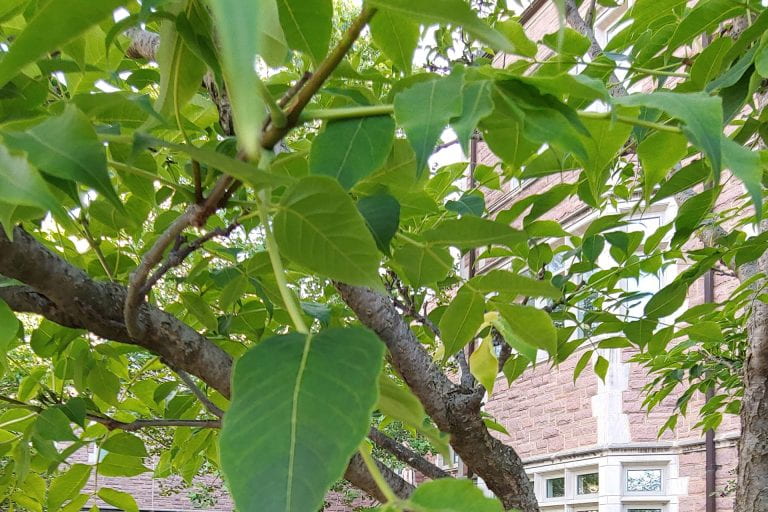
Amur Cork Tree
Arbor Walk #101, Treekeeper ID #1905
The Amur Cork Tree is native to China and Japan. The species is able to tolerate some drought conditions and urban pollutants. They are known for attractive, furrowed bark that resembles cork, as is apparent within its name.
Arizona Sycamore
Arbor Walk #171, Treekeeper ID #7177
The Arizona Sycamore is one of three native sycamore species in North America, and is the species with the most limited range.
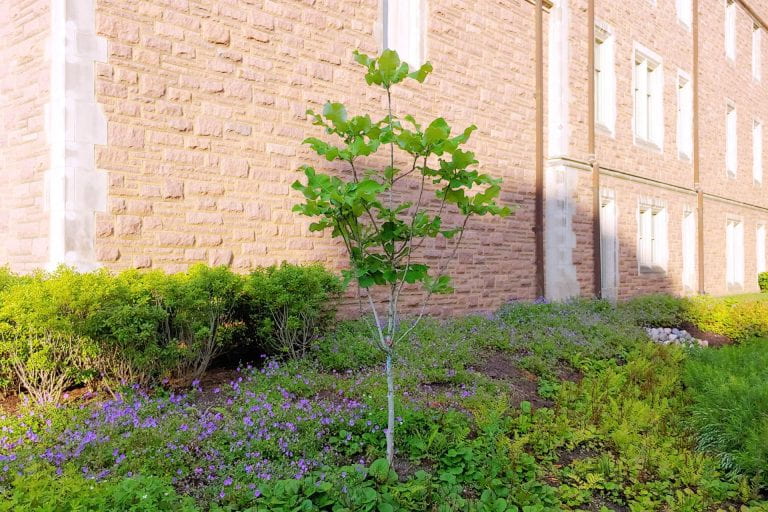
Ashe’s Magnolia
Arbor Walk #92, Treekeeper ID #4775
The Ashe’s Magnolia is a regional native to the Southeastern US and adaptable to the St. Louis Region, typically growing to 10’ to 20’ tall and 10’ to 15’ wide.
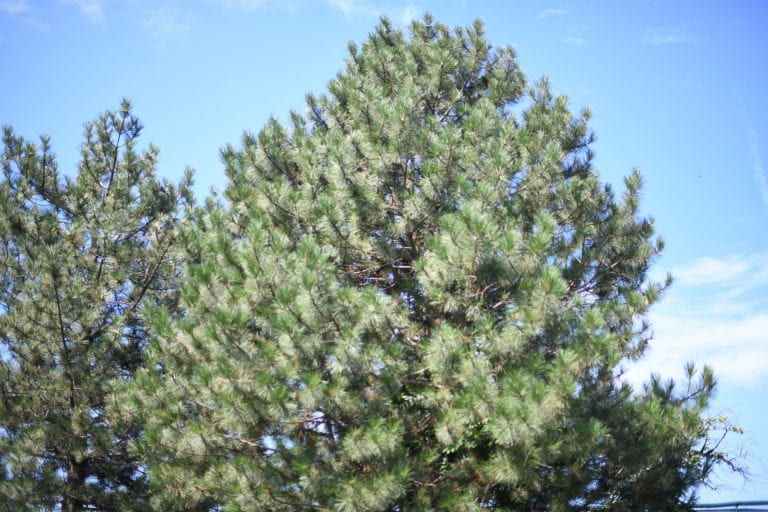
Austrian Pine
Arbor Walk #83, Treekeeper ID #3668
This is a medium to large conifer than is native to Europe and Asia. They are dense and pyramidal when young and round with age. These trees feature spreading branches, stiff, dark green needles in bundles, and oval cones.
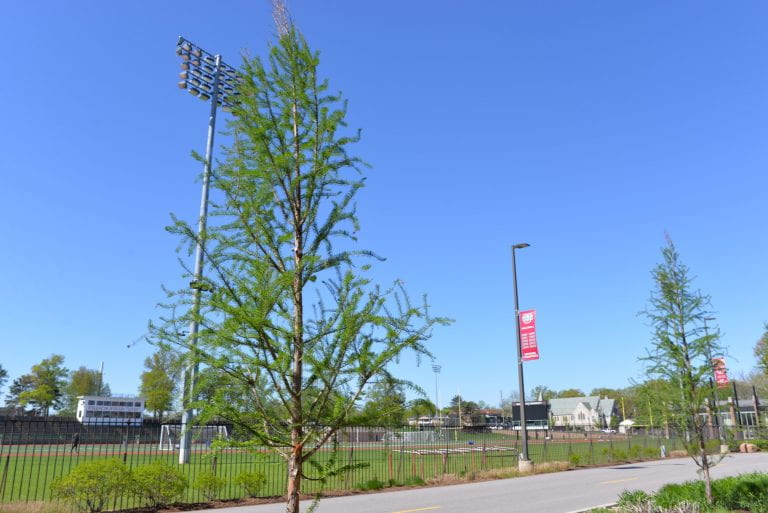
Bald Cypress
Arbor Walk #37, Treekeeper ID #2507
The Bald Cypress is the state tree of Louisiana. Despite its resemblance to a needled evergreen tree in the summer, it is actually deciduous. The ‘Mickelson’ is a cultivar of the Bald Cypress, and has a narrower shape and denser foliage than the native species.
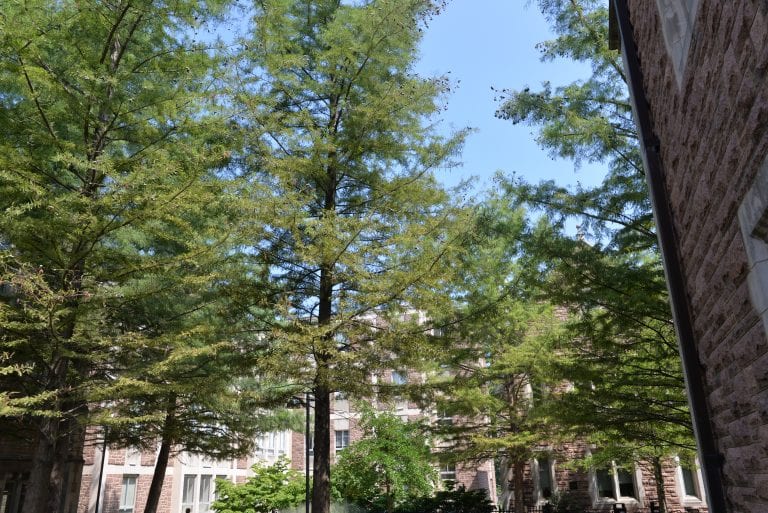
Bald Cypress
Arbor Walk #16, Treekeeper ID #1427
This tree is native to wetlands and swamps in the Midwest but is adaptable to urban conditions. Its needlelike foliage turns russet red and drops in the fall.
Beach Plum
Arbor Walk #143, Treekeeper ID #6824
This fruit tree derives its name from its restricted habitat in sandy areas like beaches, dunes, and tidal streams.
Bebb’s Hybrid Oak
Arbor Walk #145, Treekeeper ID #6550
This oak is a spontaneously occurring hybrid of the White Oak (Quercus alba) and the Bur Oak (Q. macrocarpa).
Bigtooth Aspen
Arbor Walk #155, Treekeeper ID #8051
<Shortened description of tree that displays on ‘Trees’ page>
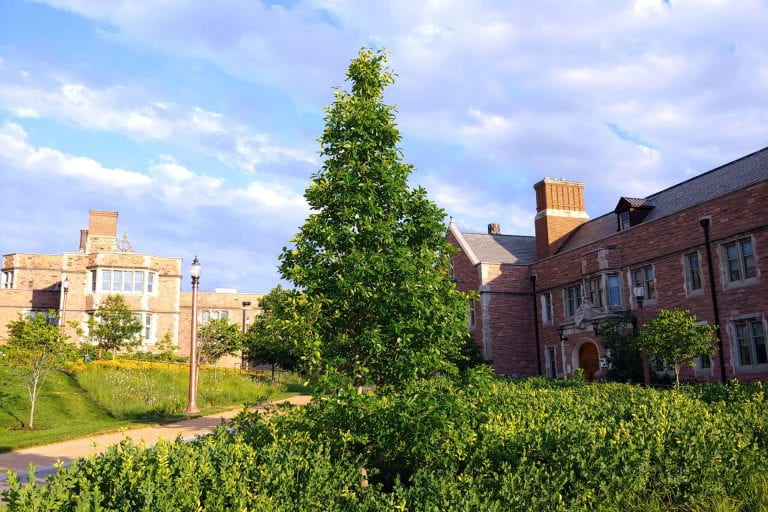
Black Gum
Arbor Walk #91, Treekeeper ID #5922
The Black Gum, also known regionally as Black Tupelo, is a part of the Nyssaceae family, which used to be under the dogwood family.
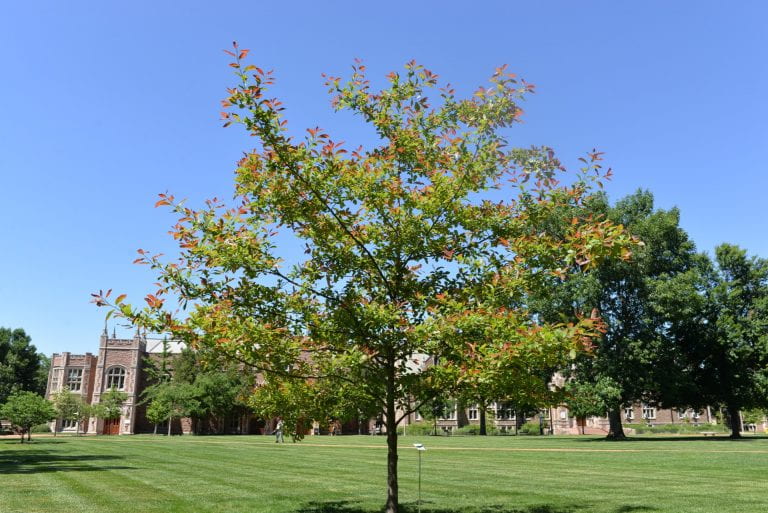
Black Gum
Arbor Walk #32, Treekeeper ID #2247
The Black Gum, also called Tupelo, is a Missouri native and flexible mid-western species capable of growing in both standing water and rocky slopes.
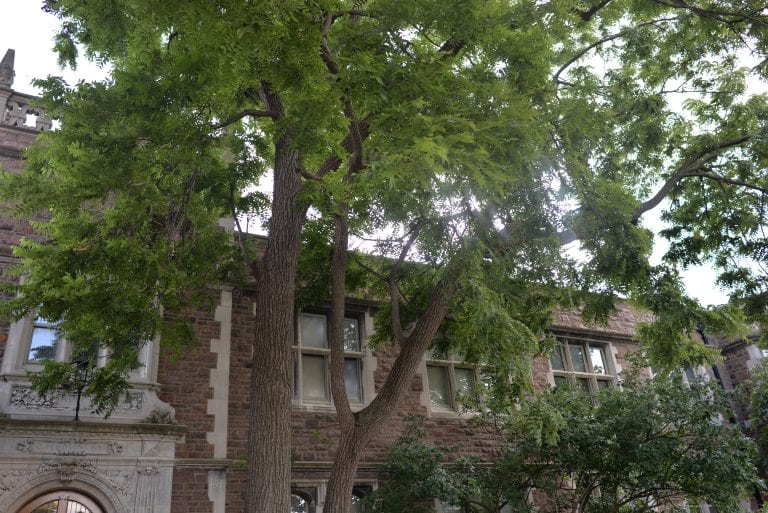
Black Walnut
Arbor Walk #18, Treekeeper ID #1386
This is a large native tree whose wood is used for woodworking in the furniture and cabinet industry.